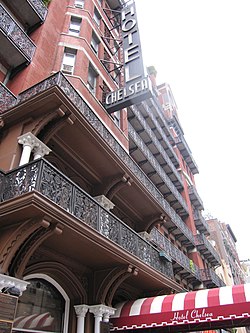Patti and Robert share a very gentle, romantic, affectionate bond without the need to be lewd or dangerous. They are very understanding, loyal, and trusting of one another. Robert has a very quiet and gentle side which seems contradictory to his drawings of blood splattered wooden box covering male genitals as mentioned in the interview. Although Patti was frightened by this, she soon accepted it from an aesthetic point of view. Everyone goes through tough periods where the most malicious of thoughts occur. No one is black or white, everyone is gray, everyone has moments of tenderness as well as moments of intolerable pain and anger. Patti states that she was worried that Robert might be heading down a destructive dangerous path. Moreover, this memoir focuses on the transformation Patti and Robert face by going down these paths to “find ourselves” which really is the goal for every human being, not just aspiring artists.
– Shivani Sharma



